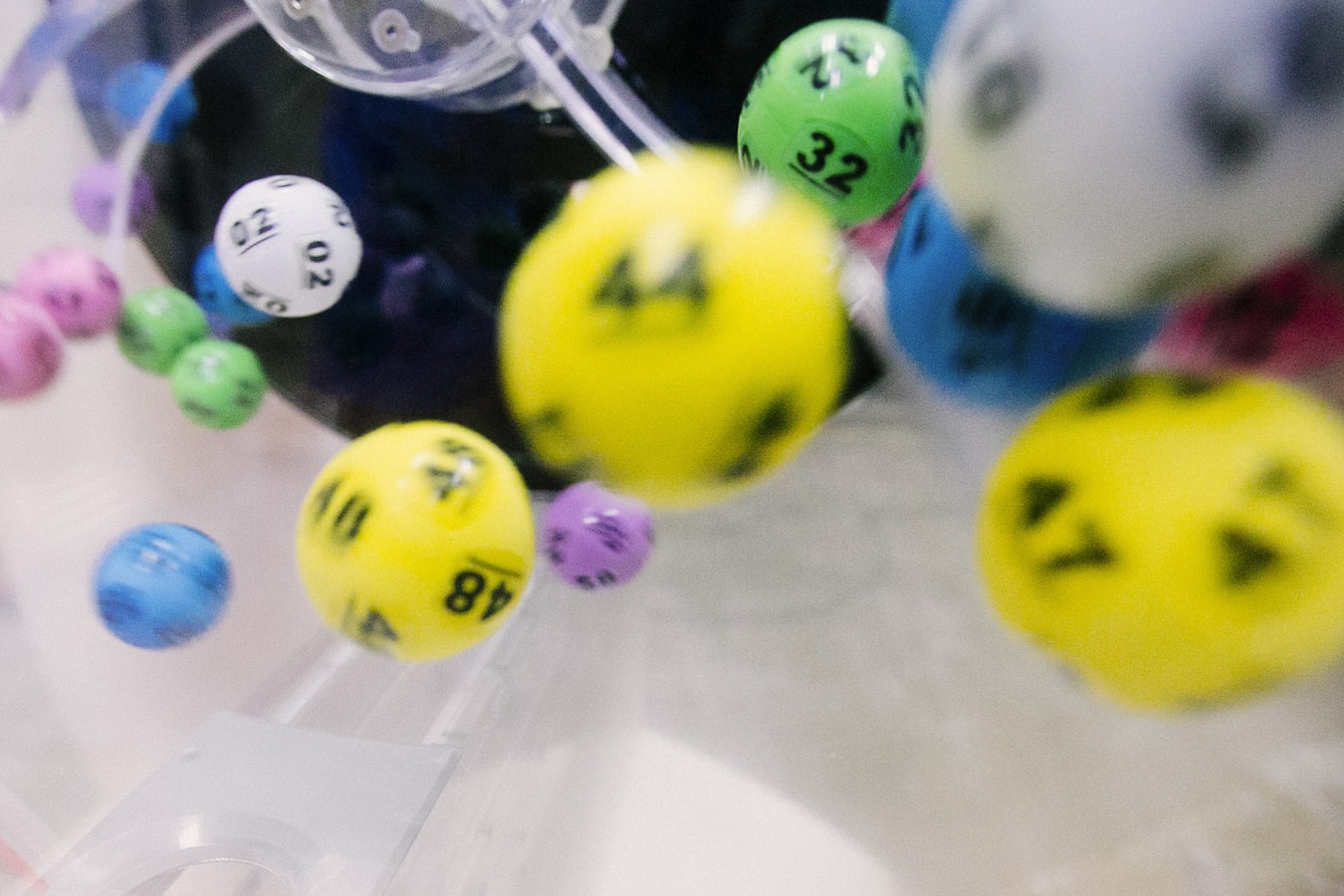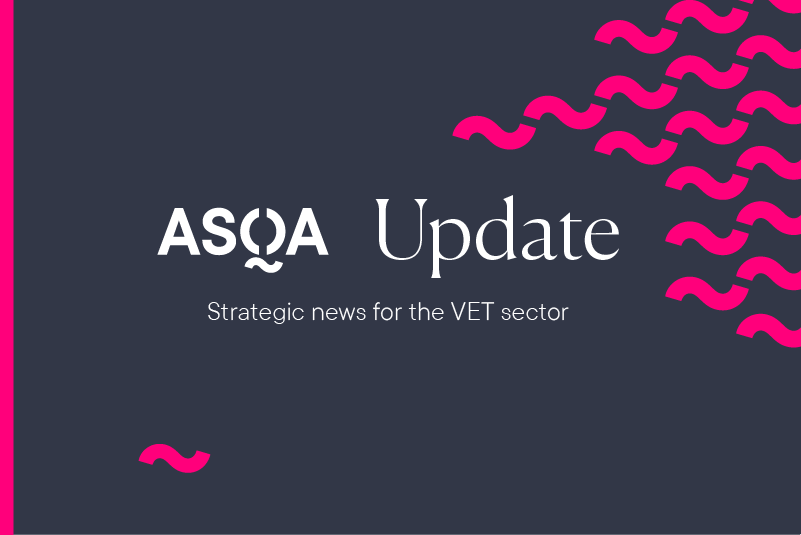Interested in becoming an animator, 3D storyteller or filmmaker? Well, you’re in the right place.
The magic of animation lies in its power to tell stories through visual artistry. Recently, students from Billy Blue College of Design had the opportunity to bring their storytelling to life, creating the animated short film Robot’s Warmth for their Realtime Animation Production subject.
The journey from story development to pre-visualisation and asset creation, along with character and environment development, is a comprehensive yet rewarding process that transforms a concept into a captivating animated narrative. Here, we dive into the detailed stages that bring these stories to life.
What are the skills needed by 3D Artists?
To carve out a successful career as an animator, you will need to master the following key skills in order to provide value across the entire animation workflow:
- 3D software, such as Autodesk Maya and Blender
- Modelling techniques, including boxing
- Texturing with software such as Substance Painter to bring assets and environments to life
- Composition and layout
- Colour theory
- The ability to use lighting effectively to enhance scenes and evoke emotions
- Knowledge of animation principles, including timing, spacing, easing and weight
- Analytical thinking
- Attention to detail
- Strong troubleshooting
So, what really goes on behind the scenes in the creation of an animated short film? Let’s look at a typical project’s step-by-step journey, and how these skills come into play.
Step 1: Have an idea
Every short film or animation begins with an idea. This could be a spontaneous thought you’d like to bring to life, or a specific brief you need to meet. Understanding the narrative you intend to convey and your objectives from the outset is crucial.
A good skill to harness is design thinking. The goal of Design Thinking is to create ideas that are solution-based and character-centered where the emotional meaning is just as relevant as the functional consideration.
Step 2: Story development and production design
Next, it’s time to flesh out your idea. This involves applying design thinking, creating storyboards, or customer journey maps to engage in experimentation and performing pre-visualisation.
For Robot’s Warmth, Bachelor of 3D Design and Animation student Alexandre Songeon Senzaki led storyboard development. He was tasked with turning the brief into a compelling narrative.
“My biggest role was during the pre-production phase, as the first thing I did was flesh out the story beats and events from our initial concept,” Alexandre reflects. “I then created a storyboard so that the rest of the team could clearly understand what would be made and could reference it in later stages of the production. This is the stage where I fleshed out the pacing of the story, character motions and emotions, basic scene compositions and camera movements.”

Step 3: Asset development and layout
Following the pre-production phase, your story undergoes further development during the layout stage. In the animation pipeline, layout refers to the process of transitioning animatics or storyboard scenes into detailed shots.
This stage allows for the visual flow of your story to be realised, as scenes are crafted into 3D representations. At the same time, all necessary assets for the animation are created. This includes the construction of characters, models, textures, environments and effects essential for the final scenes.

For Robot’s Warmth, Samuel Fenney, a Bachelor of Game Design and Development student, was responsible for the texturing of the female character and scene animation. “Once I was assigned a task, I would try to match the design brief as best I could,” he says. “I made my sculpts in Blender, UVs and animation in Maya and texturing in Substance Painter.”


Step 4: Shot, animation and look development
By this stage, most of your assets will have been crafted. Now, it’s time to refine all the elements developed in Step 3, focusing on three primary tasks:
- Posing: This involves capturing the various movements within a scene, providing animators with a clear understanding of the required motion range and actions.
- Blocking: A 3D sketch, blocking outlines the poses and positions of assets within a scene, establishing the foundation for animation.
- Composition: This involves the strategic arrangement of visual elements in a scene to tell a compelling story, creating depth and interest.
Essentially, you’ll complete an enhanced pre-visualisation of the entire short film, allowing for a more detailed outline of the final product.
From here, shading and lighting are applied to scenes. These are essential components of any animation workflow, serving to infuse realism and mood, enhancing your visual storytelling


Step 5: Refinement and post-production
Taking a step back, now’s the time to reflect on your work and polish it. The refinement and post-production phase is crucial in the filmmaking process, effectively closing the loop on the entire workflow.
This stage involves fine-tuning the animation and implementing any improvements to the rendering. On top of this, post-production is when you incorporate elements such as visual effects, audio and sound design to enrich the final piece.
Step 6: Enjoy the final result
Creating a short film is a huge undertaking, demanding countless hours of dedication behind the scenes. So, be sure to take a moment to appreciate your hard work and the journey it represents.
Making Robot’s Warmth offered its team insightful learning opportunities. “I learnt a lot about how many roles are necessary and how they lead into one another in order to complete an animation pipeline,” says Alexandre.
Similarly, Samuel found tremendous value in teamwork and collaboration. “It was fun to share our creations on the class Discord and troubleshoot the technical issues we had together,” he recalls.
Senior Learning Facilitator Ivan Kintanar echoes the sentiment of discovery and education. “Robot’s Warmth allowed students to apply all of the creative skills and principles they learned in past subjects,” he says. “The production allowed them to experience different aspects of the 3D animation pipeline. For most, if not all of the students, Robot’s Warmth was their first foray into animated short films. The result was quite impressive.”
Watch Robot’s Warmth.
Students involved in the project: Will Bradburn, Taylor Campbell, Justin Chau, Tullia Cooper, Jackson Davis, Samuel Fenney, Marwa Hussein, Sainath Kandukuri, Armin Keranovic, Fiona Khalil, Michail Klitorakis, Ziniu Lu, Murphy Much, Lachlan Rennie, Andrew Simpson, Alexandre Songeon-Senzaki.







